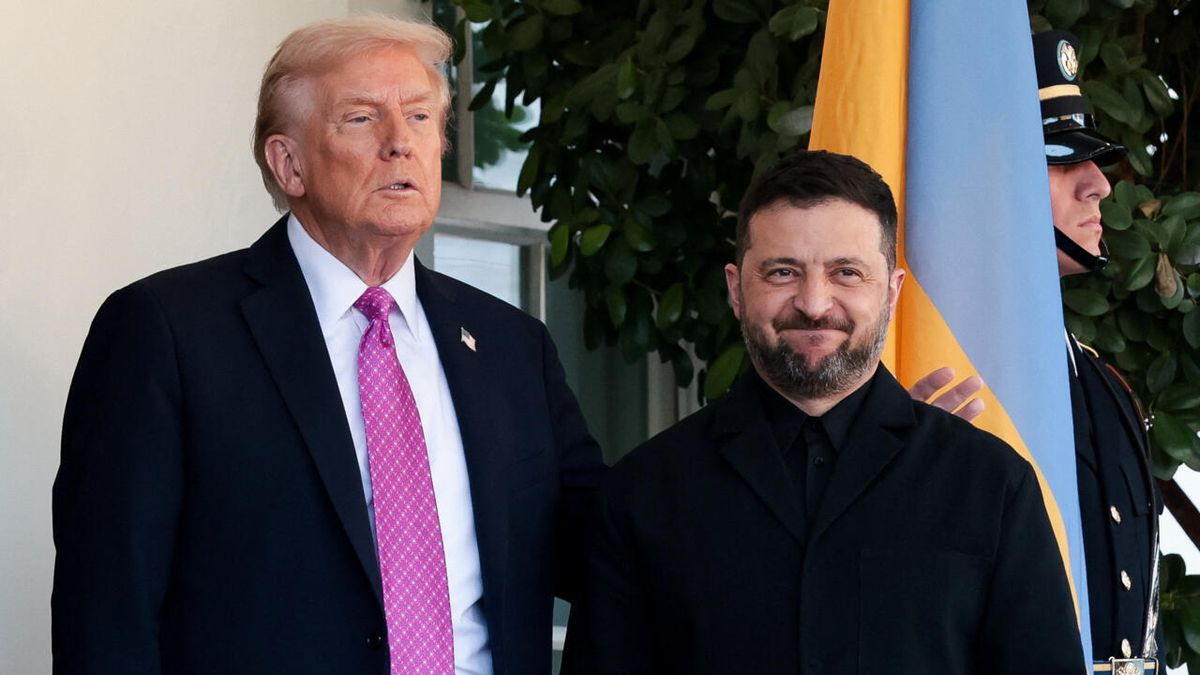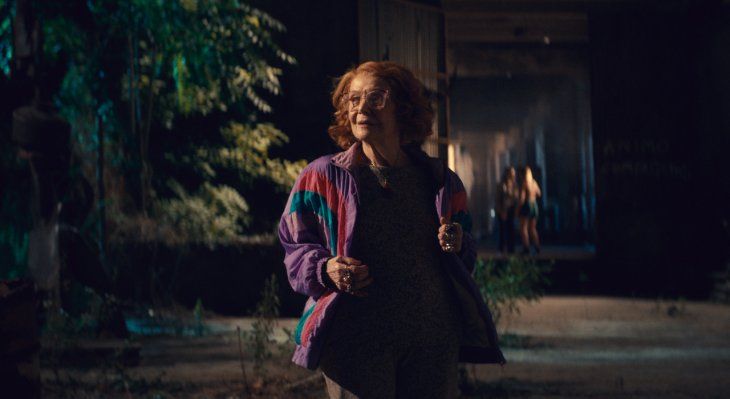“The context means that creative energy is reduced to zero, it makes it difficult to think about artistic and cultural projects,” says Camila Fabbri., author of “The Dancing Queen” (Anagrama). Finalist for the Herralde Novel Award, who has just done a presentation tour through Spain, where before accompanied his film “Clara gets lost in the forest” at the San Sebastián Film Festival. In 2021 Granta magazine chose her for “The accidents”his first work, like “one of the best writers under 35 in the Spanish language”. Today she is a storyteller of international prestige. We dialogue with her.
Journalist: Is “The Dancing Queen” ultimately a story of love or heartbreak?
Camila Fabbri.: I wouldn’t want to put it in a genre. For now it is not a novel of heartbreak, that is anecdotal, just a starting point. For me it has to do with something more generational, in What a single woman should be like at a certain age, in a certain context. Talks about friendship and loneliness. There are many things in the shaker of Paulina, a woman who is going through a sentimental breakup that breaks a very defined structure of her life, and causes questions to arise: how to continue, what comes next, how to handle loneliness. Questions that, from a certain age onwards, more or less late thirties, appear with a different insistence than they do when one is younger. The question about motherhood is reiterated very strongly and demands decisions. It becomes a drama. Today there are many who only decide to become mothers in their thirties. The end of the relationship that Felipe, her partner, proposes to her is important, but not the fundamental thing, there are many other things in Paulina.
Q: Does the crash that turns your car upside down make you see how your life has turned upside down?
C.F.: That accident leads Paulina to become aware that her life is upside down. From that blow she begins to look at things differently. Always with that strain of her, very much her, which makes her quite cynical, with a certain very dark, very gloomy thing. From that crucial moment she begins to see possibilities. She begins to leave that gray world, to see things and people even with a certain irony as when, among others, she is in the gynecologist’s waiting room, on her first blind date,
Q: Why did you name it “The Dancing Queen”? Title of the episode of the date with an older man, with whom she does not dance and ends up retching
CF: It’s irony, a kind of gag. Paulina is on the opposite side of what a female queen of the dance floor would be. On the cover of my storybook “We Are Safe” is Teacher McAuliffe looking at a test of the Challenger, where she had been selected by NASA to make the inaugural trip to space and which exploded as soon as it took flight.
Q: Does Paulina have a feminine need to tell herself?
C.F.: The story has many edges. Although the novel is related to the feminine, I wanted to move away from the cliché. There is a biased view of the feminine. In the novel I try to get away from that place, from thinking that the woman needs to tell herself, that she has that need and that is not the case. If she were a male character she would have done exactly the same. I have written stories of male characters who tell their story in great detail.
Q.: Why is the accident a present theme in your books, plays and in your film “Clara gets lost in the forest”?
C.F.: It is a trend that runs through the work that I am building and people appear in danger, faced with imminent chaos. It can probably be related to a founding situation: the Cro-Magnon tragedy when she was very young. A fundamental fact for my generation. Maybe that makes my imagination go that way. All artists, writers, filmmakers, playwrights have an obsessive side, something that comes back and that we are talking about all the time, in different ways, with different forms and intonations. Each has its own. I think mine is about putting the characters in danger, talking about danger, what it means to be in danger, what it means to be in danger, and what it means to just imagine it.
Q.: Did Paulina’s mixing what she remembers with what she is experiencing help her to chain together anecdotes and characters that deepen the story?
CF: I like those stories that are two stories, that sometimes come from already known or new characters, and sometimes they have to do with times that suddenly become related. When I started writing the novel I realized that I had to know how Paulina had gotten to that situation, and there she inaugurated her past. A past that was interrupted from time to time by the present. I thought it was a feat, now I know that naturally I had to go that way.
Q: Do you think that after writing short story books, theater and scripts and a non-fiction novel, with “The Dancing Queen” you finally became a novelist?
CF: Novelist was something that was on the way. I am still a writer, and everything I did is part of a timeline and work. Beyond being part of an artist’s career, it is part of the job. There is a lot of link between creating and subsisting in Argentina. The novel was something that was going to happen. It’s all part of the craft of writing. The film was a work proposal from a producer who proposed that I write a script, and eventually direct it. I felt comfortable with that possibility because I direct theater, and I have worked with actors and actresses. The film is not that of a filmmaker, it is that of a writer who can make films.
Q.: Are you continuing with your book about Charly García?
CF: I continue, very slowly, it is something that is there a little latent.
Q: Any theater projects?
CF: Not for now, the context is not very friendly enough to do theater. The energy is reduced to zero.
Source: Ambito
I am an author and journalist who has worked in the entertainment industry for over a decade. I currently work as a news editor at a major news website, and my focus is on covering the latest trends in entertainment. I also write occasional pieces for other outlets, and have authored two books about the entertainment industry.




